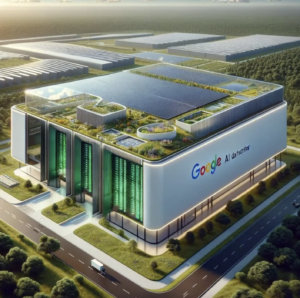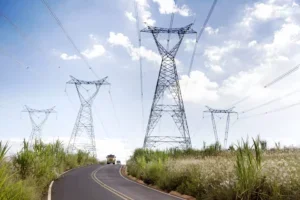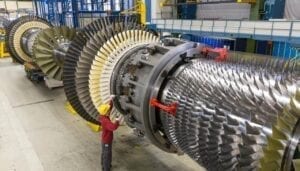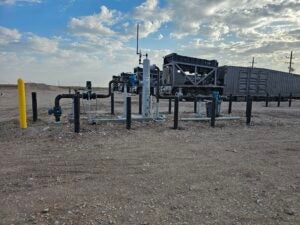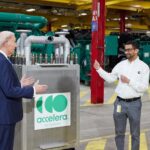The technology used in modern hydrogen fuel cells is not new. In fact, NASA used fuel cells for its manned space missions in the 1960s. But fuel cells have not really “taken off” (pardon the pun) in earthly applications since that time. Some industry insiders believe that will change very soon.
“We’ve been sort of monitoring hydrogen for a number of years and doing some research in it, and it became clear to us over the past few years that hydrogen can play a huge role in fighting the climate crisis and decarbonizing hard to decarbonize sectors,” Amy Adams, vice president of Fuel Cell and Hydrogen Technologies with Cummins, said as a guest on The POWER Podcast.
Among the ways Adams envisions hydrogen being utilized is in fuel cells powering such things as trucks, buses, trains, and ships. There are also stationary applications, including for electric power generation, that could be a good fit.
So, what’s been hindering deployment of fuels cells to date? Adams suggested there were four main things holding back widespread adoption of the technology.
“First of all is just technical readiness,” said Adams. However, she noted that fuel cell technology has been evolving, and advancements have led to longer-lasting, better-performing, more-efficient, and larger-scale fuel cell systems. “They’re now ready for primetime, if you will, in several applications.”
Another barrier has been infrastructure readiness. “That’s got two pieces,” Adams said. “One is the availability of hydrogen, so having hydrogen refueling stations, and then the cost of the hydrogen at the pump.”
Adams noted that Cummins has been involved in a number of refueling station projects that use electrolyzers to produce hydrogen. The company has also partnered with ETC in a joint venture called NPROXX, which is based in Europe and will provide customers with hydrogen products for both on-highway and rail applications. Adams said many companies within the industry are working to address the infrastructure challenge, so she expects that to build out over time.
A third obstacle has been regulation, but policymakers around the world are beginning to help on that front too. “We continue to see a lot of government activity to accelerate the role of adoption, both through mandates and incentives, tax credits, carbon taxes, etc. So, that’s going to help accelerate investment in both innovation and R&D [research and development], as well as larger-scale deployments,” she said.
Lastly, in the past, total cost of ownership has not been where it needed to be. “With any technology adoption, it has to make sense for the customer from a business perspective,” said Adams. But that is also changing. “The costs have come down significantly, and will continue to go down as we go throughout this decade,” she said. According to Cummins’ total cost of ownership analysis, fuel cells will reach parity with diesel engines in heavy-duty truck applications by 2030 or sooner.
“We’ve seen positive progress in all of those areas, which is why we see increased interest now and what we believe will be increased adoption over the next few years,” Adams said.
One country that has already seen significant growth in fuel cell usage is South Korea. POWER reported on three new electricity generating facilities based on fuel cell technology that were deployed in South Korea last summer: a 50-MW power plant placed in service by Hanwha Energy at its Daesan Industrial Complex in Seosan, a 19.8-MW installation in Hwasung, and an 8.1-MW facility in Paju.
“Part of the magic that we’re seeing in Korea as it relates to stationary power using fuel cells is incentives,” said Joe Cargnelli, director of engineering for Cummins’ Fuel Cell and Hydrogen Technologies division. “What Korea has done is they’ve created essentially the feed-in tariff for fuel cells—for stationary fuel cells. So, if you think back to how solar energy and wind energy got started back in the mid-90s, it was through a solar feed-in tariff and a wind tariff, and it started in Germany and kind of caught on, and that’s what sort of gave solar and wind their start. Korea has done that for fuel cells and stationary power. So, they have incentives that promote the deployment of stationary fuel cells and [they’ve been] highly successful, and I think it’s a great strategy.”
To hear the full interview, which includes much more on hydrogen and fuel cell technology, including details about production facilities utilizing proton exchange membrane technology, the benefits of hydrogen usage in other storage and mobility applications, and a review of Cummins’ sustainability initiatives, listen to The POWER Podcast. Click on the SoundCloud player below to listen in your browser now or use the following links to reach the show page of your favorite podcast platform:
For more power podcasts, visit The POWER Podcast archives.
—Aaron Larson is POWER’s executive editor (@AaronL_Power, @POWERmagazine).


